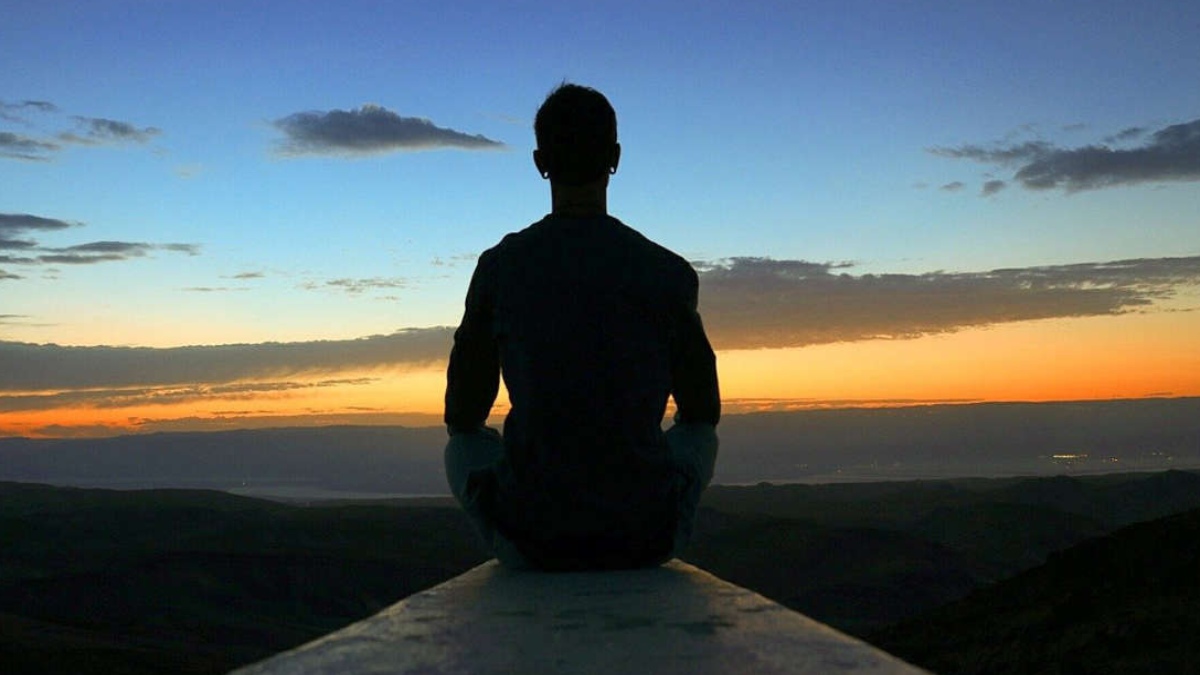Climate change is as pertinent to all of us as our breath. Our environment decides a lot about our quality of life—just ask those who have been victims of a natural disaster like floods or hurricanes or forest fires. Those of us who have lived in metro cities like Delhi and Bangalore have increasingly found it difficult to breathe and be outside in the extreme temperatures as the cities are heating up and the pollution is on the rise. The World Health Organisation regards climate change as “the greatest threat to global health in the 21st Century”.
The global human population of 7.6 billion individuals is growing at a rate of 3,60,000 new humans each day. Due to this population explosion, the earth’s resources are being used at their maximum. Currently, 55% of the total population lives in cities and is expected to reach 68% by 2050. This increase to 68% translates to adding 2.5 billion people by 2050 to urban areas, 90% of which will be mostly in Asia and Africa. Leading to a skewed distribution, India is projected to have added 416 million urban dwellers, China 255 million and Nigeria 189 million.
Humans have used the environment to the fullest and polluted it as well; overstepping the self-purification capacity of all realms of nature including water, air and land—this has created severe damage, which results in high cleanup costs. This has also resulted in a loss of biodiversity, affected livelihoods, and natural food sources (e.g. fish). This has led many scientists to call our times the ‘Anthropocene epoch—a human-dominated geological epoch’. This term describes the significant impact human activities have had on the environment.
Global average temperature, an indicator of global climate change shows an increase of approximately 1.4°F since the early 20thCentury. The developmental activities mainly in the industrialised world do not have localised effects but have far-reaching consequences to places unrelated to such activities. Environmental degradation and its consequences are being experienced by living organisms across the globe. The degradation of the environment shows a bleak picture even as restoration efforts are being taken up on war footing at the global, national and local levels.
The governments and policymakers are doing their best to make policies that help the environment, but the implementation of the policies remains a challenge. With the issue of climate change, assuming global proportions require immediate action not only at a policy level but from each individual. People’s participation contributes tremendously to the success of any environmental conservation effort. Although well-observed, this is less acknowledged and an under-explored area. For the majority of restoration efforts, only technology coupled with policy without people’s participation has taken place.
Environmental protection, including restoration efforts, depend to a great extent on the daily choices made by individuals—their behaviour towards the environment (sensitivity), what they consume or what they are willing to give up (making intelligent choices), apart from the schemes implemented by regulatory bodies. Therefore, studying and understanding the underlying principles of pro-environmental attitudes and behaviours, as well as the factors that determine them is a fundamental part of understanding how to combat the problem of climate change.
Several strategies are being implemented to achieve grassroots solutions using the ‘collective effect’ of individuals, which may have a profound impact on environment conservation. Creating awareness, holding rallies, and putting pressure on lawmakers are some of the ways people’s participation is being observed in the fight against climate change but can the subtle act of Yogic breathing and meditation be a powerful tool to address this global issue?
A group of scientists conducted a study that evaluated 1200 people from 32 countries who practice a form of Yogic breathing called Sudarshan Kriya Yoga (SKY). SKY is a technique taught by Art of Living, an international non-profit educational and humanitarian organisation founded in 1981. It has been conducting workshops to teach yoga, pranayama, meditation, SKY, and human values for more than 37 years. The techniques taught by the Art of Living have been instrumental in transforming the lives of millions in 155 countries around the globe. Through these techniques, people experience reduced stress, enhanced wellbeing, happiness, peace of mind and improved mental and physical health. This sensitivity and responsibility for the environment have also been observed to be heightened in individuals who practice techniques including SKY and meditation techniques. It is also observed that they also gradually adopt a more eco-friendly lifestyle. This is evident by the multitude of environmental initiatives initiated by the volunteers of the Art of Living. For example, Art of Living volunteers have nurtured close to 55 million saplings globally, including planting a record 9.6 million saplings in the year 2008 as part of the Mission Green Earth. Art of Living volunteers, along with scientific experts, have also initiated holistic river rejuvenation (restoring the activity of the river) work for 41 rivers in India, consisting of desilting and cleanup of water bodies like ponds, lakes and rivers, riverine ecosystem development, construction of check-dams and water pools, the practice of zero budget natural farming, among others. Apart from India, Art of Living volunteers are engaged in several environmental initiatives around the world. The visible success of these projects in a short time with limited resources can be attributed to extensive participation from thousands of volunteers and the community who have undergone Art of Living Programs and awareness camps. Taking up such huge tasks with wide-scope and a large-scale by volunteers is only possible when one feels the connectivity with nature.
In the study, 1200 people from 32 countries were assessed using a sociometric scale that predicts environmental concern and behaviour, which are based on one’s connectedness to nature. They were evaluated on connectivity with nature, environmental concern and environmental behaviour. People were asked to self-report on the above before and after the regular practice of Sudarshan Kriya. Pre and Post assessments revealed a significant shift in the people’s responses to questions that reflect connectivity with nature, environmental concern and environmental behaviour. The responses shifted from an attitude of complacency and lack of care to an attitude of immense care and concern, which is a significant shift in attitude.
Individual sensitivity and care towards the environment are positively impacted by practices like the SKY. A marked and significant improvement in the Sociometric parameters of Connectivity with nature, Environmental concern and Environmental behaviour scales was observed in the practitioners of SKY before and after practice. This can be attributed to the overall improvement in health and well-being, happiness and greater peace of mind which in turn leads to increased empathy, connectedness and awareness, both towards oneself and one’s surroundings.
These results are very significant as people’s participation is an important, but often overlooked component of environmental conservation efforts. Similar studies suggesting an improvement in human behaviour after practising yoga, pranayama and meditation are gaining popularity, and are contributing immensely in understanding and exploring the crucial role peoples’ participation play in making environmental restoration efforts sustainable. The increased connectivity with nature and the environment after SKY have a role to play in the success of environmental restoration efforts taken up by Art of Living, which are completely volunteer-driven and community-based. Results indicate that after undergoing the Art of Living workshops participants experienced an increased sense of connection with nature, and their concern and behaviour for the environment showed a positive change. SKY and associated meditation techniques have the potential to become a powerful adjunct strategy for environmental conservation along with policy and technology.
The author is the Executive Director of Sri Sri Institute for Advanced Research (SSIAR) which is the research wing of the Art of Living.






